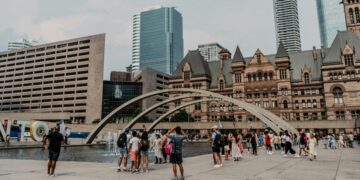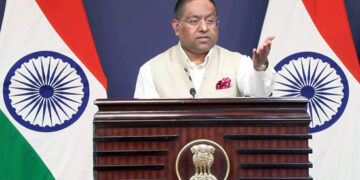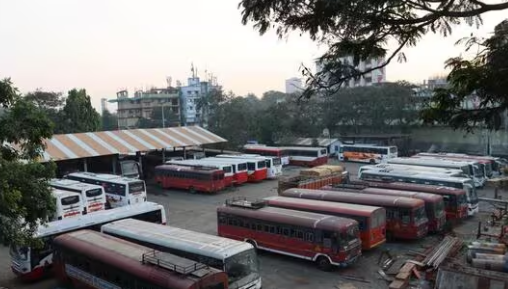In the wake of the recent Goods and Services Tax (GST) imposition on non-AC bus rides, a significant shift in consumer behaviour has been observed, with many travellers opting for offline modes of ticket booking. This unexpected surge in offline transactions has caught the attention of both passengers and industry insiders alike.
The government’s decision to apply GST to non-air-conditioned bus services has resulted in fare hikes across the country, making travel by bus a more expensive affair. In response, commuters are exploring alternative methods to avoid additional charges imposed by online booking platforms.
Industry experts believe that this sudden shift towards offline ticketing methods is primarily driven by a desire among travellers to save on costs. Traditional ticketing counters have reported an uptick in footfall, indicating a return to the more conventional approach of purchasing tickets in person.
The move towards offline mode can be attributed to the perception that online booking platforms are now seen as a more expensive option due to the added GST. Additionally, travellers are finding the simplicity and transparency of purchasing tickets directly from counters to be an attractive alternative.
While online platforms have long been favoured for their convenience, the recent tax implications have prompted commuters to reconsider their options. The offline shift is not only limited to urban areas but is also gaining momentum in semi-urban and rural regions, where many rely on non-AC buses for daily commutes.
As passengers adapt to the new reality of higher bus fares, the travel industry is closely monitoring the evolving preferences of travellers. With the offline mode gaining popularity, both government authorities and online booking platforms may need to reassess their strategies to remain competitive in this changing landscape.
In conclusion, the unexpected consequence of GST on non-AC bus rides has sparked a trend of travellers reverting to offline ticketing methods. The industry now faces the challenge of addressing these shifting consumer preferences and finding innovative solutions to meet the evolving needs of cost-conscious commuters.








 India
India












